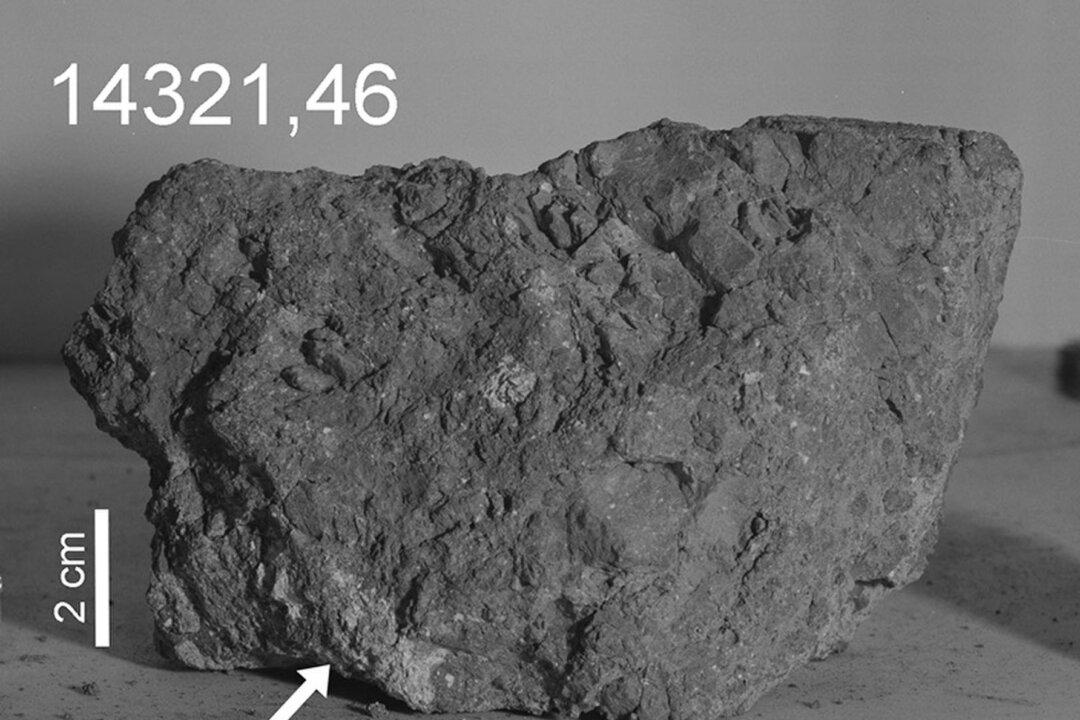One of the oldest rocks on Earth may have been dug up on the Moon.
A piece of material that was brought back from the Moon by Apollo astronauts in 1971 has a tiny piece of Earth inside of it, according to a study.


One of the oldest rocks on Earth may have been dug up on the Moon.
A piece of material that was brought back from the Moon by Apollo astronauts in 1971 has a tiny piece of Earth inside of it, according to a study.